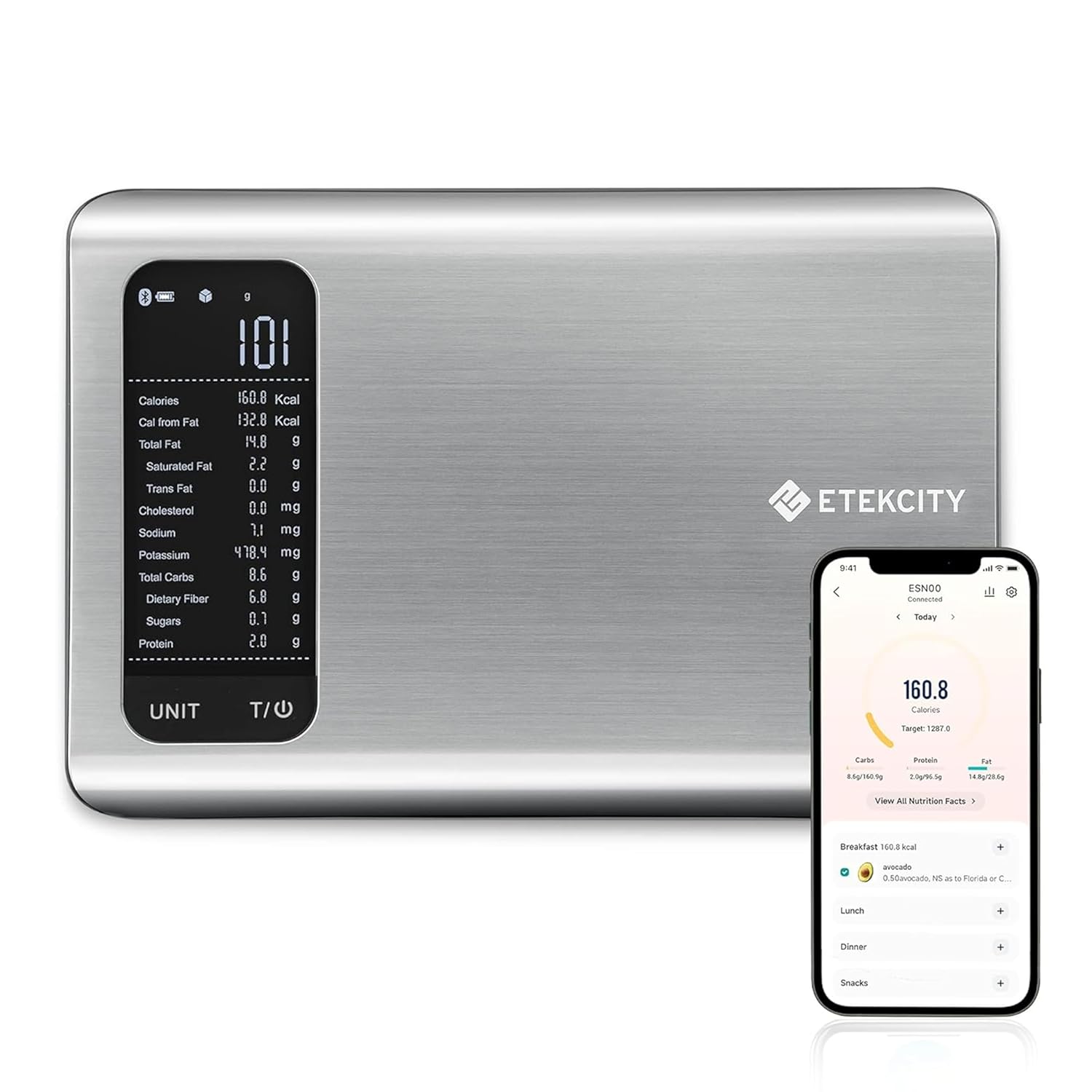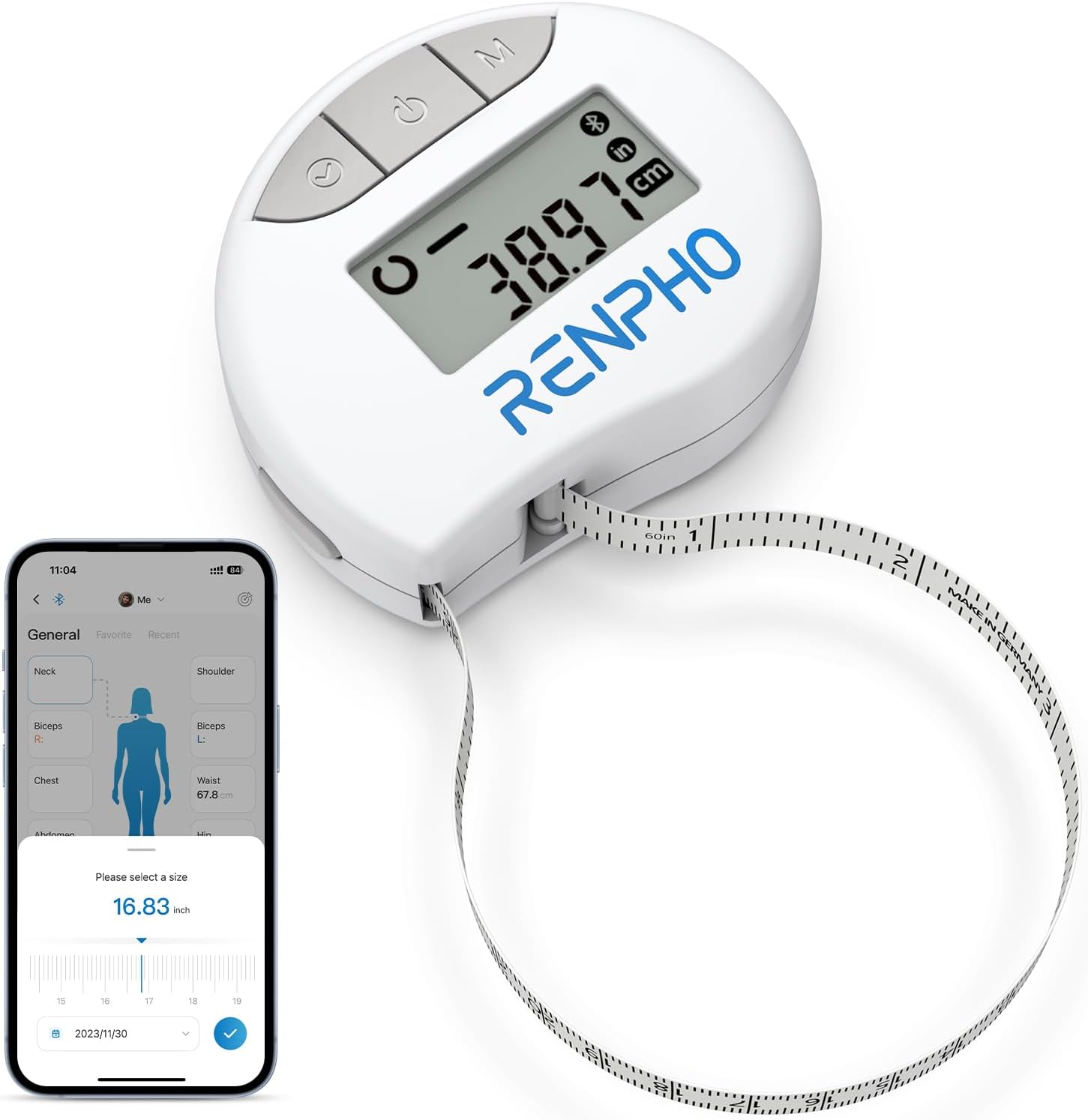Calorie Calculator
Estimate your daily calorie needs based on your age, gender, height, weight, and activity level.
Use the quick links below to jump to any section.
Calorie Calculator – Find Your Daily Needs in Seconds
Whether you’re trying to gain muscle, lose fat, or maintain your weight, understanding your daily calorie needs is essential. This simple calorie calculator uses your height, weight, age, and activity level to tell you exactly how many calories you need to reach your goals — in just a few seconds. It also helps you find your macronutrient ratio and ideal calorie surplus or deficit for your goal.
How to Use the Calculator
Using this macro and calorie calculator is quick and easy — even if you’ve never tracked calories before. Just follow these steps:
- Enter your age, gender, height, and weight.
- Select your activity level — from sedentary to very active.
- Click “Calculate” to see your daily calorie needs and macronutrient breakdown.
That’s it! The calculator automatically estimates your maintenance calories (TDEE) and gives you personalized targets for bulking or cutting — helping you reach your goal faster.
What Your Results Mean
Once you’ve calculated your daily calories, you’ll see three important numbers that guide your nutrition plan. These are based on your Basal Metabolic Rate (BMR) and your activity multiplier.
Maintenance Calories
This is the number of calories your body needs to maintain your current weight. Eating around this number keeps your energy levels stable and your weight steady. It’s perfect for body recomposition goals where you want to gain muscle and lose fat slowly.
Weight Gain / Loss Options
If your goal is to gain muscle (bulk), you’ll need a calorie surplus — typically 250–500 extra calories per day. To lose fat (cut), you’ll aim for a calorie deficit of 300–500 calories per day. The key is consistency: small daily adjustments compound into visible progress.
Macros Breakdown (Protein, Carbs, Fats)
Your results also include a macronutrient breakdown — crucial for optimizing body composition:
- Protein: 1.6–2.2g per kg of body weight (supports muscle repair and growth)
- Fats: 20–30% of total calories (important for hormone production and energy)
- Carbs: Fill the remaining calories (fuel for workouts and recovery)
These ratios help balance your nutrition whether you’re in a calorie deficit for fat loss or a calorie surplus for lean muscle gain.
Sample Calorie Goals by Weight
Here’s an approximate guide to help you visualize calorie targets for different goals. These are based on moderate activity levels.
| Body Weight | Maintenance Calories | Lean Bulk Calories | Cutting Calories |
|---|---|---|---|
| 60 kg | 2,100 | 2,400–2,500 | 1,700–1,800 |
| 70 kg | 2,400 | 2,700–2,800 | 2,000–2,100 |
| 80 kg | 2,700 | 3,000–3,100 | 2,200–2,400 |
These values work as starting points. You can adjust based on your weekly progress — if weight isn’t changing after two weeks, increase or decrease by 150–200 calories.
Example Meal Plans (Bulk, Cut, Maintenance)
Here’s how your daily calorie intake could look depending on your goal. You can adjust portions using a food scale or meal tracking app for precision.
For Lean Bulking (2,700 kcal)
- Breakfast: 4 whole eggs, 2 slices of toast, 1 banana
- Lunch: Chicken breast, rice, and olive oil
- Snack: Protein shake with oats and peanut butter
- Dinner: Salmon, potatoes, and mixed veggies
For Cutting (2,000 kcal)
- Breakfast: 3 egg whites + 1 yolk, oatmeal with berries
- Lunch: Grilled chicken salad with olive oil dressing
- Snack: Greek yogurt or low-cal protein bar
- Dinner: Lean beef with vegetables
For Maintenance (2,400 kcal)
- Breakfast: Eggs, toast, and avocado
- Lunch: Chicken, rice, and veggies
- Snack: Mixed nuts and protein shake
- Dinner: Pasta with ground beef and tomato sauce
How the Calculator Works (Mifflin–St Jeor Formula)
The Mifflin–St Jeor equation is one of the most reliable methods to estimate your daily energy needs. It first determines your Basal Metabolic Rate (BMR) — the number of calories your body burns at rest — and then multiplies it by your activity level to find your Total Daily Energy Expenditure (TDEE).
Formula:
- For men: BMR = (10 × weight in kg) + (6.25 × height in cm) – (5 × age in years) + 5
- For women: BMR = (10 × weight in kg) + (6.25 × height in cm) – (5 × age in years) – 161
This number is then multiplied by your activity level to calculate your TDEE. That’s why this is often referred to as a TDEE calculator or maintenance calorie calculator — it tells you exactly how much to eat to maintain or change your weight.
Once you know your TDEE, you can adjust your calories based on how active you are. Below is a simple guide to estimate calories burned from common exercises.
Calories Burned from Common Exercises
Knowing how many calories you burn through activity helps you plan your meals more accurately. Here’s an approximate guide for a 70 kg person:
| Exercise | Calories Burned (30 mins) |
|---|---|
| Running (6 mph) | 350 |
| Cycling (moderate) | 250 |
| Weight Training | 180 |
| Walking (brisk pace) | 140 |
| Jump Rope | 300 |
You can use this data to balance your calorie intake and output — for example, eating slightly above your daily burn to build muscle or staying below to lose fat.
Estimating Calories Without a Calculator
If you don’t have access to a calorie calculator, you can still estimate your daily calorie intake manually. Use these quick estimates:
- For fat loss: 11–13 calories per pound of body weight
- For maintenance: 14–16 calories per pound
- For muscle gain: 17–19 calories per pound
For a detailed step-by-step guide, read our full article on how to estimate calories without a calculator.
Common Questions About Calories
How many calories should I eat to bulk as a skinny guy?
If you’re a beginner or naturally lean, start with a 300–500 calorie surplus. Focus on protein-rich foods, lift progressively heavier, and track your body weight weekly.
Calories in Common Foods (Quick Reference)
Here are some everyday food examples to help you estimate calories without tracking apps:
- 1 medium banana: ~100 kcal
- 1 slice of bread: ~80 kcal
- 100g chicken breast: ~165 kcal
- 1 tbsp olive oil: ~120 kcal
- 1 cup cooked rice: ~200 kcal
Learning rough calorie values helps you stay mindful even when eating out or traveling.
What’s the best way to lean bulk?
Lean bulking means gaining muscle with minimal fat gain. Keep your surplus small (around 250–300 calories), eat mostly whole foods, and prioritize progressive overload in training. Track your strength and mirror progress — not just the scale.
Can I lose fat and gain muscle at the same time?
Yes, it’s possible — especially if you’re new to training or returning after a break. Focus on eating at maintenance or a slight deficit, get enough protein, and strength train consistently. This approach is often called body recomposition.
Do calories really matter for muscle growth?
Absolutely. Without sufficient calories and protein, your body won’t have the energy or nutrients it needs to build new muscle tissue. Think of calories as the fuel and protein as the building blocks for growth.
How long does it take to see results from a calorie surplus?
Most people start seeing visible changes within 4–6 weeks of consistent eating and training. Track progress through body weight, strength levels, and mirror checks — not daily fluctuations.
Is it okay to eat below maintenance for fast fat loss?
Extreme calorie deficits can cause muscle loss and fatigue. A moderate deficit (around 500 calories) is more sustainable and helps preserve lean mass while losing fat.
Best Tools for Tracking Your Calories
Want to stay consistent? These tools make calorie tracking and meal planning easier:
- Smart food scales for accurate calorie measurement
- Meal prep containers to control portion sizes
- Fitness trackers to estimate calorie burn and activity
- Protein shakers for quick post-workout nutrition
- Meal planner notebooks to track weekly progress
Conclusion: Take Control of Your Nutrition
Knowing your calorie and macro needs is the foundation of every successful fitness goal — whether you’re bulking, cutting, or maintaining. This calculator helps you understand your body’s energy requirements so you can eat smarter, train harder, and transform effectively. Stay consistent, make gradual changes, and let data guide your journey — because fitness success is built one calorie at a time.



